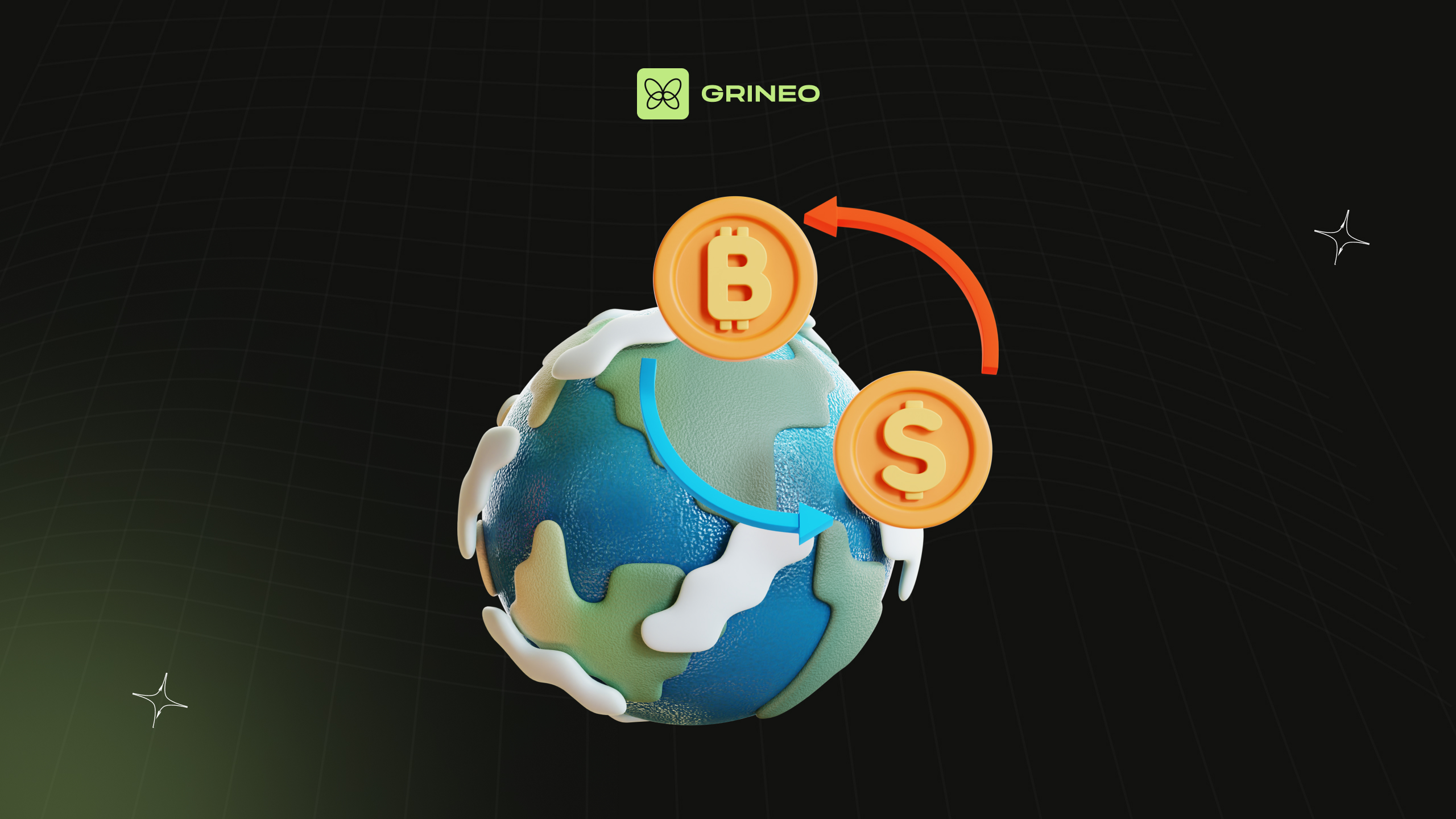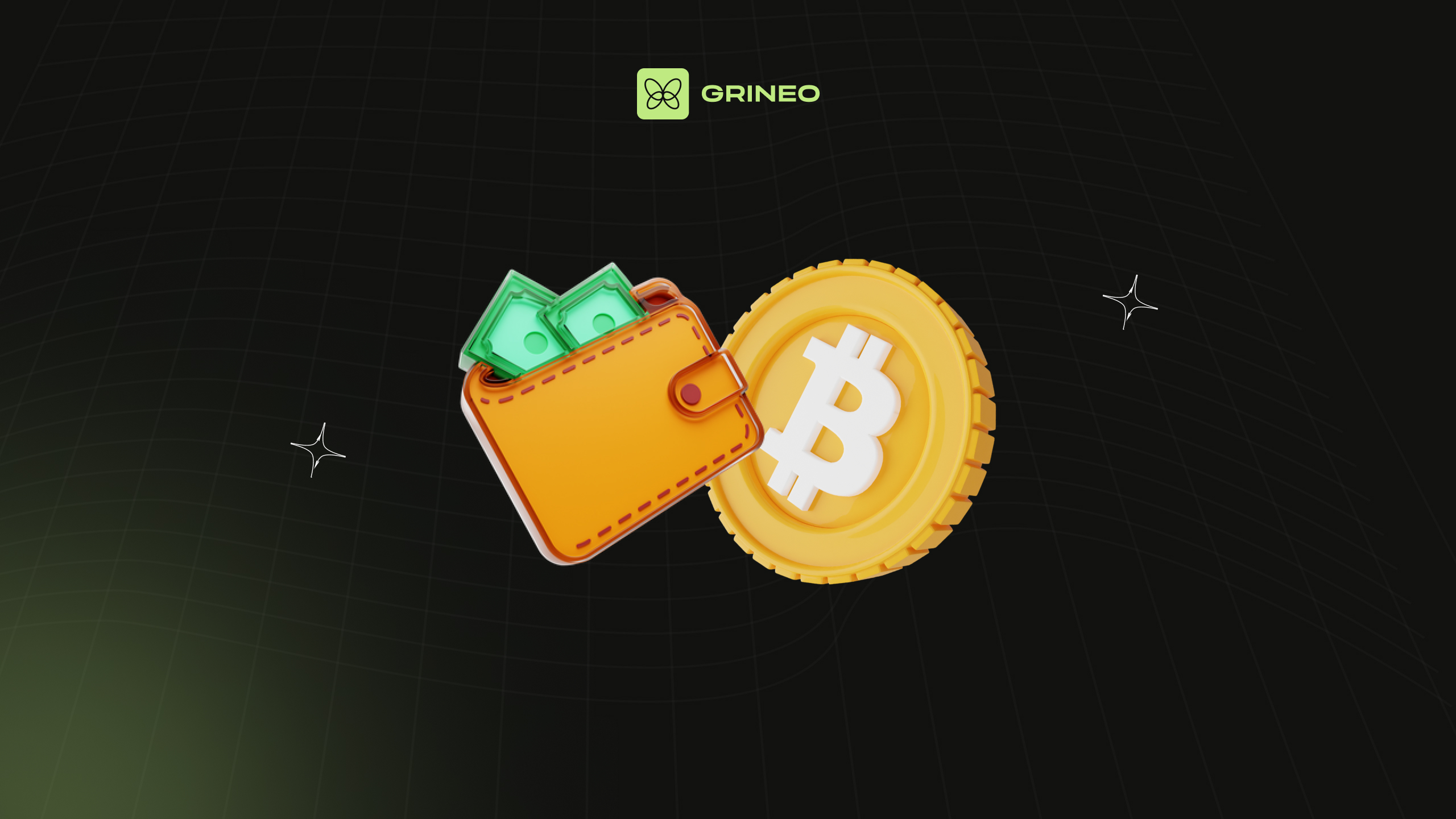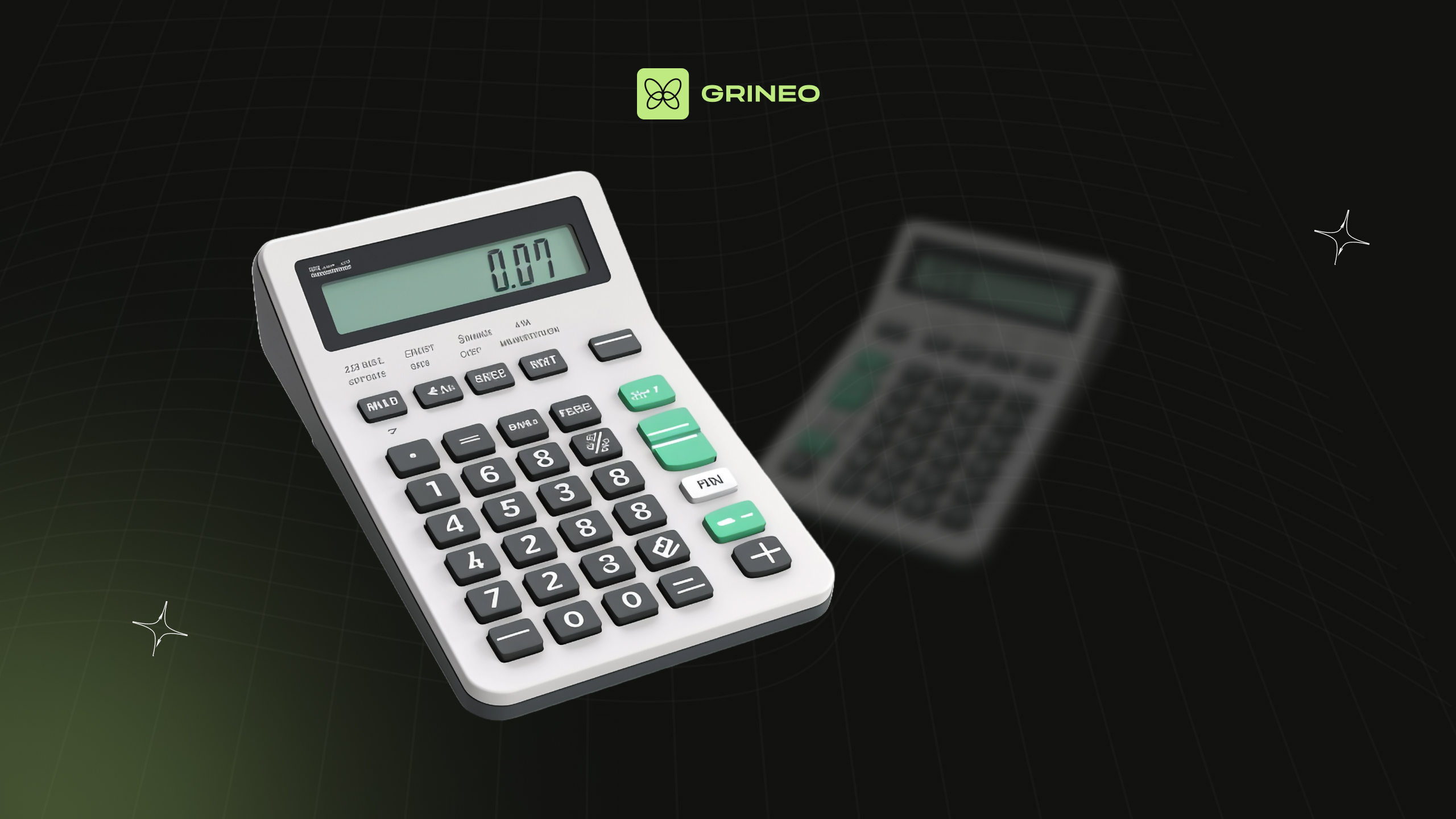What are Crypto Remittance Payments? Send Money Cheaply With Crypto

Crypto was created as a form of peer-to-peer digital cash that would enable people to send money to one another without involving the banking system and all of its fees and control of user funds. While the crypto industry has since expanded into a major asset class, this idea of digital cash is still the core of the technology.
Let’s take a look at how exactly crypto can be used to cheaply transfer value, and how other remittance services compare.
Contents
- What are Remittance Payments?
- What are Crypto Remittances?
- Crypto Remittance Companies
- How to Send a Crypto Remittance
What are Remittance Payments?
Remittance payments are transfers of money by foreign workers to individuals, usually family members, in their home countries. These payments are a crucial financial flow for many developing countries, often representing a significant source of household income and contributing to national economies.
The average remittance payment costs around 7% of the total sum being sent at the time of writing, although this figure can reach up to 20% depending on the locations and currencies involved, as foreign currency conversion can be expensive.
Here are some key aspects of remittance payments:
Key Characteristics of Remittance Payments
-
Purpose: Remittances are typically sent to support the recipient’s basic needs, such as food, housing, education, and healthcare. They can also be used for investments, savings, or emergency expenses.
-
Senders: The senders are usually migrant workers who have moved to another country for better employment opportunities. They remit part of their earnings back to their families.
-
Recipients: The recipients are often family members, such as parents, spouses, or children, who remain in the home country. These payments can significantly impact their standard of living.
Channels for Sending Remittances
-
Banks: Traditional banks offer remittance services, but they often come with high fees and longer processing times.
-
Money Transfer Operators (MTOs): Companies like Western Union and MoneyGram specialize in money transfers and have extensive global networks, enabling faster and more accessible transfers, though fees can still be high.
-
Mobile Money: In many developing countries, mobile money services like M-Pesa allow people to send and receive money using their mobile phones, which can be especially useful in areas without banking infrastructure.
-
Cryptocurrency: Increasingly, cryptocurrencies are being used for remittances due to their potential for lower fees and faster transactions. However, they come with their own set of challenges, such as regulatory issues and price volatility.
What are Crypto Remittances?
Crypto remittances involve using cryptocurrencies like Bitcoin, Ethereum, or stablecoins to transfer money internationally. This method leverages blockchain technology to enable peer-to-peer transfers, offering a potential alternative to traditional remittance channels.
One significant advantage is the lower transaction fees compared to traditional services, which can be particularly beneficial for migrants sending money home. Additionally, crypto transactions are typically faster, often completing in minutes rather than days. This speed can be crucial in emergency situations where quick access to funds is needed.
Moreover, crypto remittances can be more accessible for individuals in regions with limited banking infrastructure, as all that’s required is internet access and a digital wallet. However, there are challenges, including regulatory issues, the volatility of cryptocurrency values, and the need for technological literacy. Despite these challenges, crypto remittances represent a growing trend in global money transfers.
Sending USDT from one user to another, for example, is very cheap and fast indeed. The expense typically comes in when users try to actually cash out their crypto to fiat or spend it as fiat in stores, which is why people use crypto remittance companies.
Crypto Remittance Companies
The average process of sending a crypto remittance through a crypto remittance company, or a company that handles crypto payments and cashouts, is around 6% – 15% of the total sum of the transaction. This is a little less than the amount you might expect to pay with a traditional remittance company using fiat.
Grineo

Grineo is an Australian stablecoin card service that allows users to deposit BTC, ETH, USDT, and USDC for free in their wallet. Users can withdraw BTC and ETH for free, and cash out stablecoins instantly using the Grineo Visa Debit Card for a 1% charge.
This makes Grineo arguably the cheapest remittance service available on the market. Here’s an article explaining how to send money from the Philippines to Australia using Grineo, for example. The total cost of the transaction, even factoring in the hypothetical need to buy crypto on an exchange, was just 3.7%.
That means that if someone has $300 to send as a remittance and they use it to buy crypto in the Philippines, send it to Australia, and have the recipient cash out by spending USDC or USDT in stores/online or withdrawing as cash from an ATM, only 3.7% of that initial $300 is spent on fees. Sending a crypto remittance or stablecoin remittance through Grineo also takes mere minutes compared to the days that could be spent sending a fiat remittance.
Ripple
Ripple uses its cryptocurrency, XRP, to facilitate cross-border payments. Ripple’s technology aims to provide faster and more cost-effective international money transfers for financial institutions, and some remittance companies utilize Ripple’s network to improve their services. However, Ripple is primarily aimed at banks and finance firms rather than everyday users.
Abra
Abra is a global app that allows users to send and receive money using various cryptocurrencies. It provides a simple platform for people to invest in cryptocurrencies and use them for remittances, making it accessible to a wide range of users.
How to Send a Crypto Remittance
To send a crypto remittance, you’ll need some crypto. Depending where you are in the world, the crypto exchange you’ll need to use may vary. In Australia, for example, you might use Kraken which tends to have fees of under 1% for trading stablecoins. People typically opt for stablecoins when sending remittance payments to avoid the value of the payment fluctuating as it might with Bitcoin.
Simply deposit AUD on Kraken, navigate to the crypto exchange and select AUD/USDT, and enter the amount of USDT you want to buy. Confirm the trade.
If your recipient has a Grineo account, they can send you their USDT deposit address. The deposit will cost nothing on their end, and Kraken will charge around $6 AUD on your end. Go to the withdrawal section of your Kraken wallet, select USDT, and enter the USDT deposit address you want to send funds to.
The funds will arrive in a few minutes, and on Grineo, they can be converted to fiat instantly at any shop or ATM that accepts Visa, all for a 1% fee.
Crypto remittances ignore the issue of foreign currency conversion, making them highly cost effective as well as lightning quick.
Grineo is available to all Australian residents over the age of 18.









